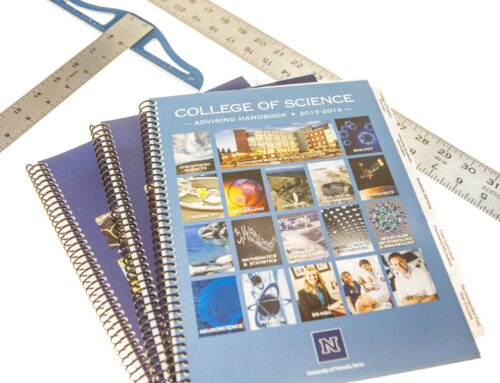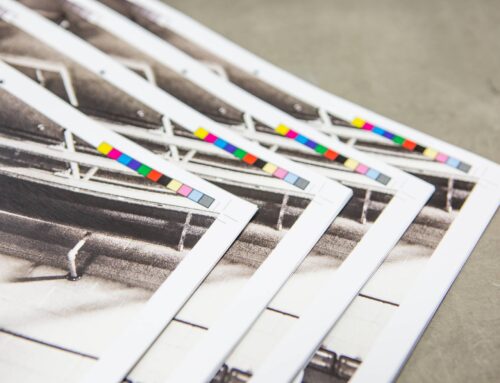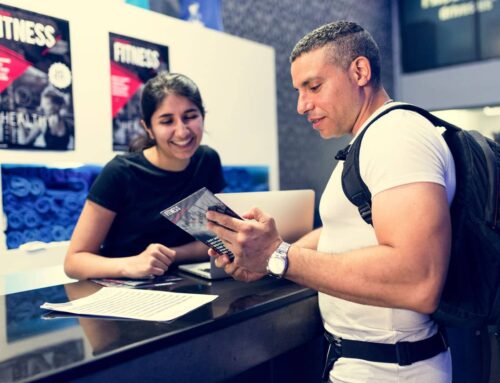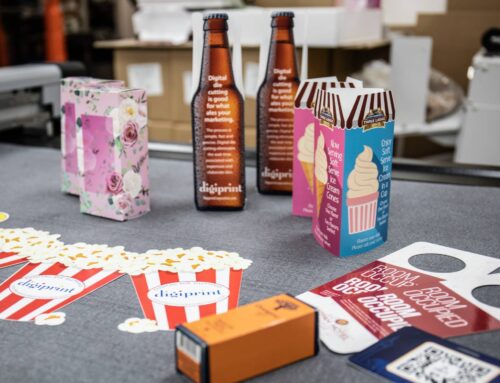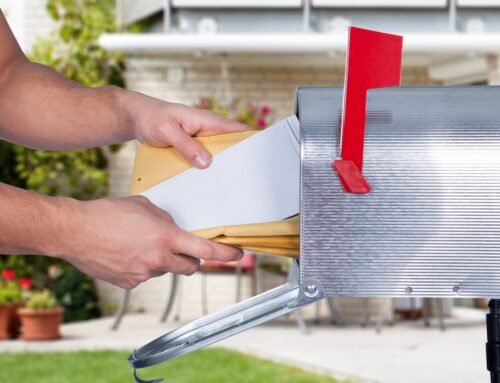When you see your printed materials in the hands of a customer or displayed on a shelf, you want them to stand out for the right reasons. A lot of that comes down to how they’re bound.
Proper binding keeps your pages together and makes an interesting statement. But with so many types of binding for printing, how do you know which is the best fit for your project?
It depends on what you’re creating. The function, number of pages, desired quality, and your budget play a big part in choosing the ideal binding process.
At our Reno, NV, print shop, we’ve mastered the art of pairing projects with the perfect finish. Let’s explore the most popular binding techniques, their pros and cons, and how to choose the right one.

Table of Content
Common Book Binding Techniques
Alternative Binding Options
Choosing the Right Binding for Your Project
Practical Scenarios and Recommendations
Common Book Binding Techniques
Perfect Binding
Perfect binding is what you see in most paperback books. In this binding method, the pages are stacked together and glued along the spine with a strong adhesive. Then, a flexible cardstock cover is wrapped around the spine.
Because perfect-bound books look clean and sleek without costing a fortune, they work well for projects like company brochures, novels, and marketing materials. However, they don’t lay flat when open, so they’re not ideal for workbooks or heavily used manuals.
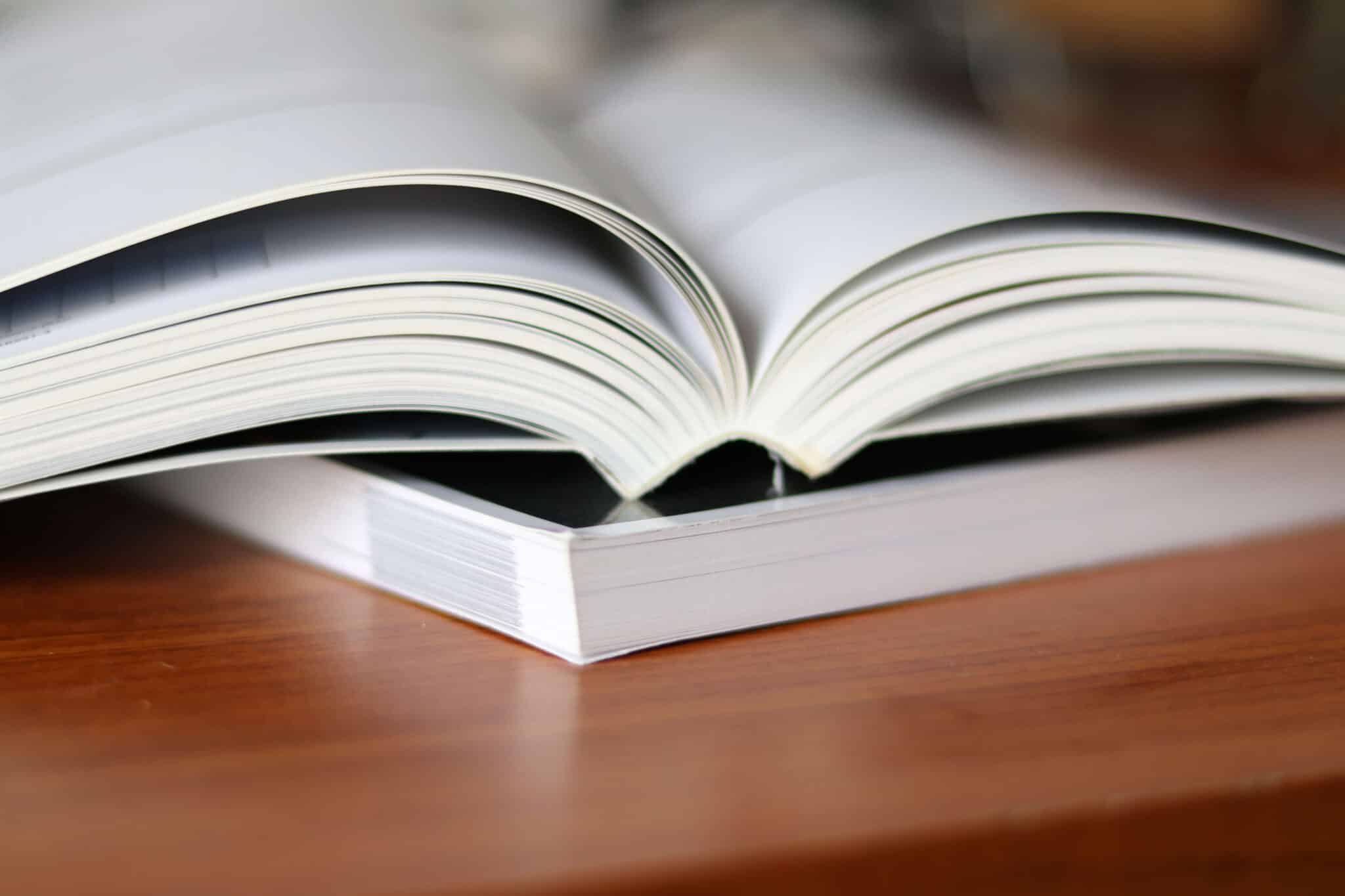

Saddle Stitching
Saddle stitching is a simple, affordable binding technique primarily used for brochures, programs, or booklets. It’s quick, cost-effective, and suited for tight budgets or last-minute projects.
The only downside is that it’s not as long-lasting as other methods and does not work well for thicker publications. The ideal saddle stitch binding page count is less than 60 pages.
Case Binding
If you’re looking for a premium, durable book binding option, case binding—also known as hardcover binding—is the way to go. You can customize the cover with cloth, leather, or printed designs to fit the tone of your project.
Case binding is popular for coffee table books, photo albums, keepsakes, and collector’s editions. While it’s on the higher end of the price spectrum, the polished look and long-lasting durability make it well worth the investment.
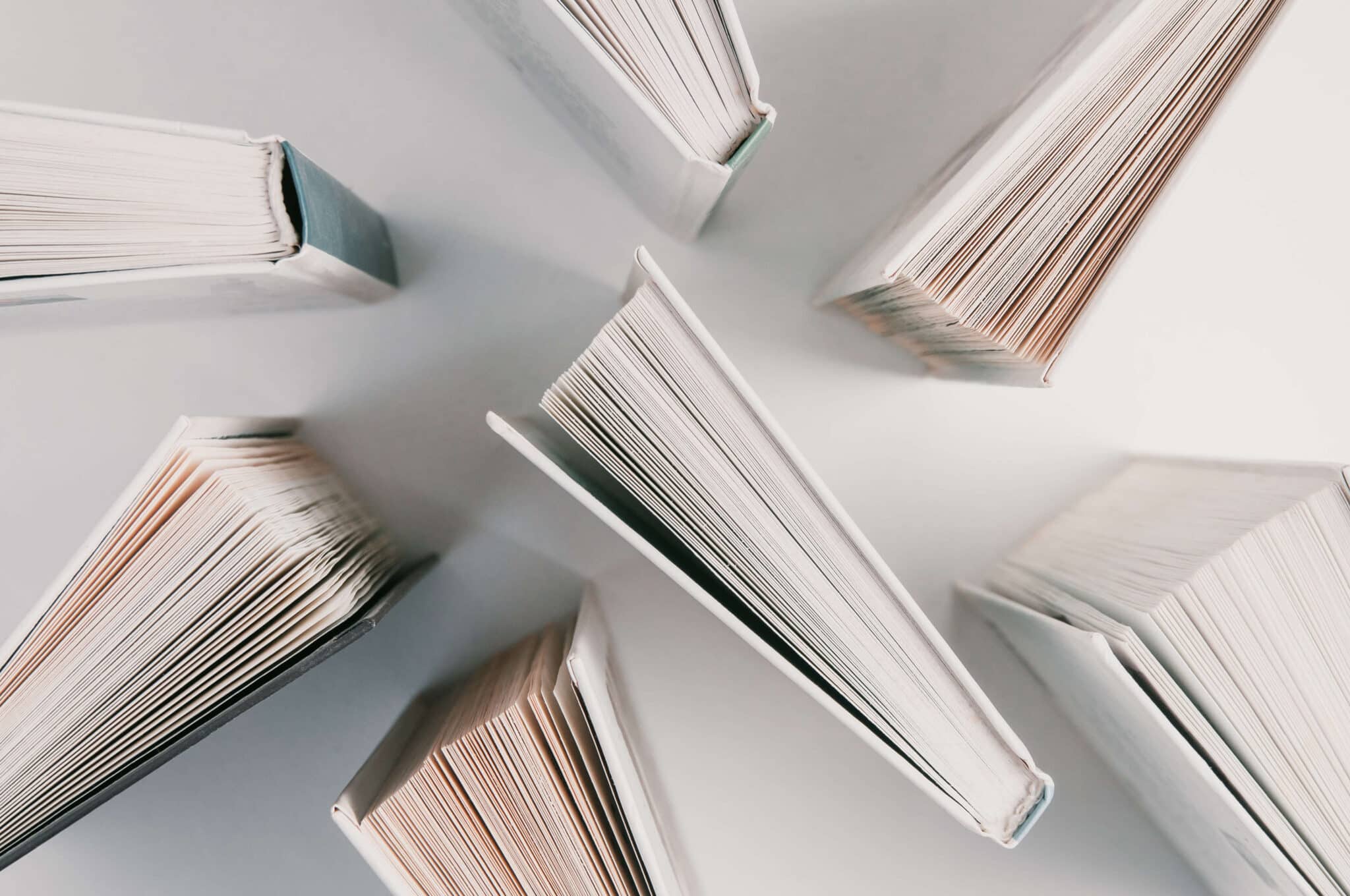
Alternative Binding Options
Spiral Coil Binding
Spiral (or coil) binding uses a durable plastic or metal coil to hold your pages together. Its biggest benefit is its ease of use. With spiral binding, your book can lay flat or even fold back on itself—best for notetaking, cooking, or flipping through a workbook.
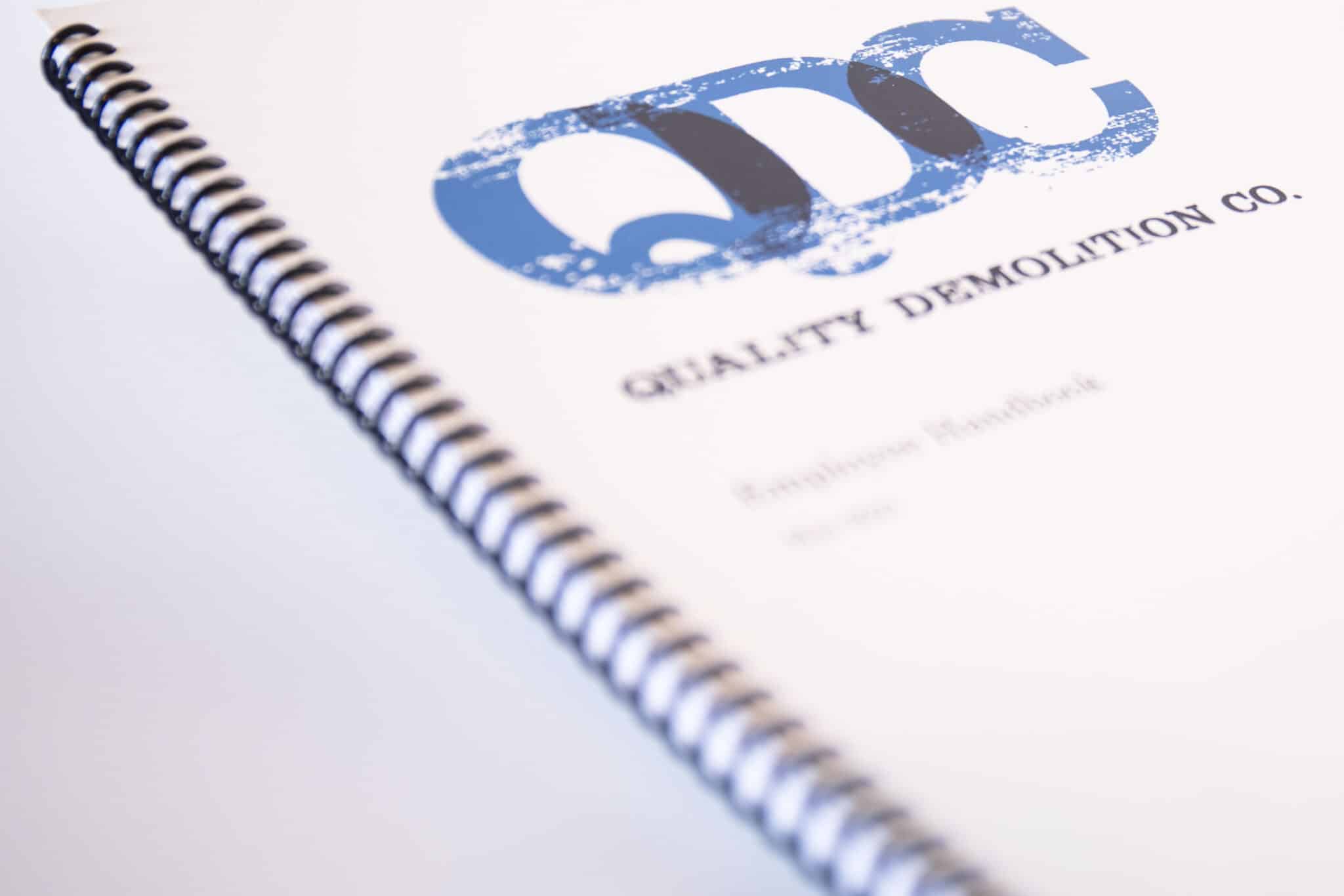
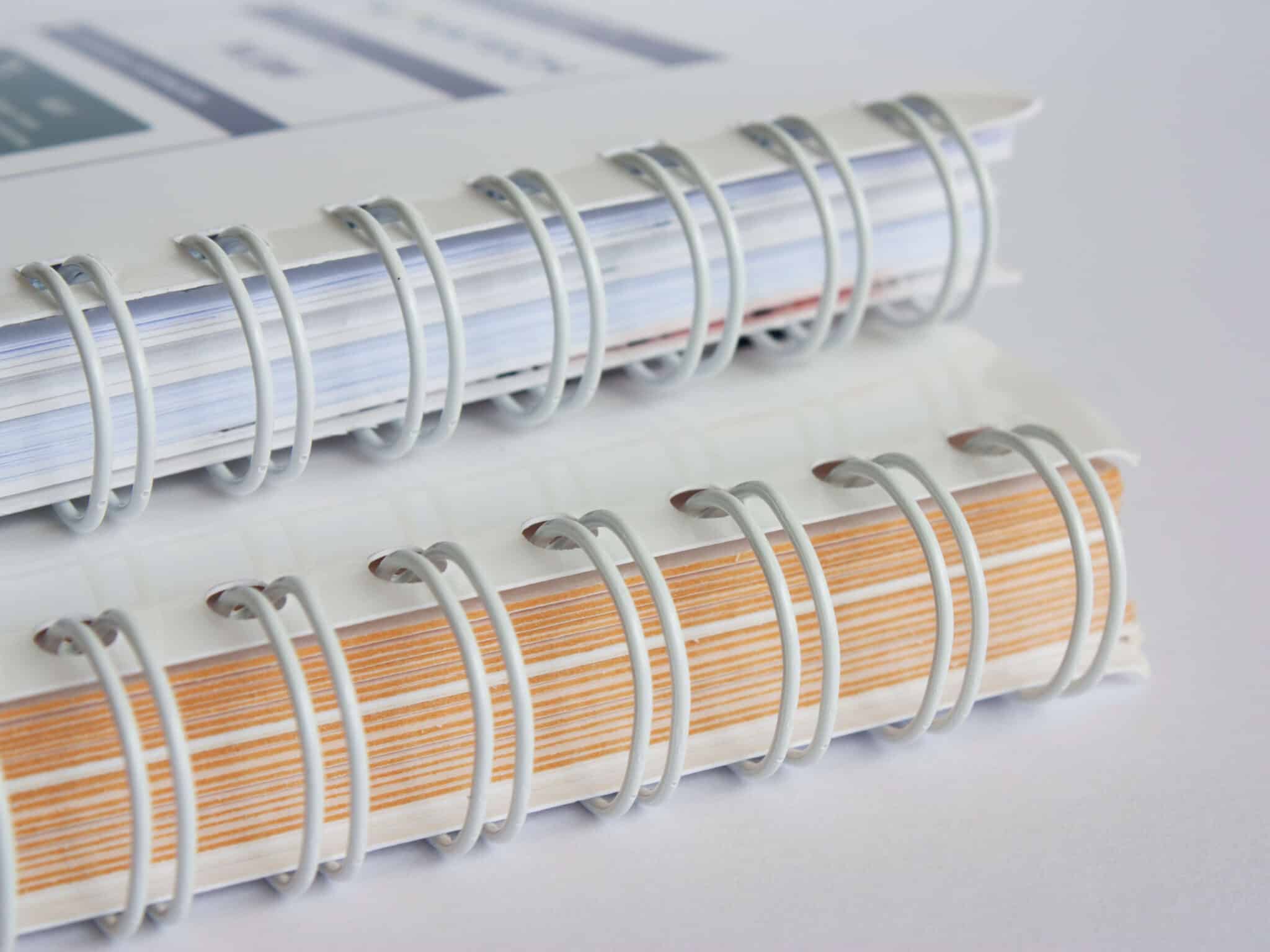
Wire-O-Binding
Wire-O binding is similar to spiral binding but looks more refined with its double-loop metal wire. Like spiral binding, the fold line allows your project to lay completely flat. However, unlike spiral binding, wire binding might not be a good fit for creative or decorative projects.
Choosing the Right Binding for Your Project
The right binding method for your project will strike a balance between purpose, appearance, and budget.
Consider the Book’s Purpose
Think about how your book will be used. Is it:
- A workbook for a class?
- A professional report?
- A creative portfolio?
For educational or practical projects, go for a lay-flat option like spiral or Wire-O. Creative materials, on the other hand, are better suited for unique styles, such as case binding.
Assess Aesthetic Needs
Your book’s outer appearance should match its purpose and content. Think about the tone you want to convey and the audience you’re targeting. For example, if you’re creating a children’s book, you’ll want a vibrant, flexible cover with bold, animated designs to capture attention.
On the other hand, a wedding album calls for elegance and sophistication. A sturdy, high-quality hardcover paired with case binding can turn it into a cherished keepsake.
Evaluate Budget Constraints
Your budget plays a big role in deciding the best type of book binding method for your project. If you’re working with limited funds or producing a smaller print run, cost-effective options like saddle stitching or spiral binding can still deliver excellent quality.
Practical Scenarios and Recommendations
Let’s explore some practical scenarios and types of binding for printing to suit each one:
Self-Publishing and Small Runs
If you’re a self-published author or working on a small-scale project, affordability and quality are likely at the top of your list.
Perfect binding is a great choice for novels, memoirs, or short story collections. It’s budget-friendly and works well for smaller print projects. If you need your material to lay flat, get it spiral-bound instead.
Corporate and Professional Documents
Corporate reports and portfolios need to be bound in a way that showcases professionalism and attention to detail. For training materials, proposals, or anything else that needs to be easily referenced, choose Wire-O binding.
We recommend perfect binding for more formal, client-facing materials like company catalogs. But if you’re creating something high-profile, consider investing in case binding.
Creative and Artistic Projects
Designers, photographers, and artists usually need their portfolios bound just as imaginatively as the content they contain. Case binding is the baseline- but you could take your project a step further with custom styles like Japanese stab binding or exposed spine binding.
Environmental and Sustainable Choices
Sustainability is a key focus across many industries, and professional printing is no exception.
Traditional printing methods have often relied on resource-heavy processes, but the industry is evolving to become more environmentally friendly. In fact, 90% of printing businesses in the U.S. have implemented greener practices.
In the spirit of sustainability, many printers now offer biodegradable adhesives for binding. You can also opt for techniques that use fewer materials, like saddle stitching. Additionally, some companies provide recyclable metal coils or environmentally friendly plastic for spiral or Wire-O binding.
Need Your Materials Bound?
Custom booklets with the right binding bring together important information and picture-perfect visuals. We hope this post gave you some helpful tips on how to pick the best binding for your next project!
The Digiprint team has years of experience in bound printing. We handle both small and large print runs, offering a variety of paper options, card stock finishes, and extra features to make your books stand out.
Reach out to us to place your order today!

